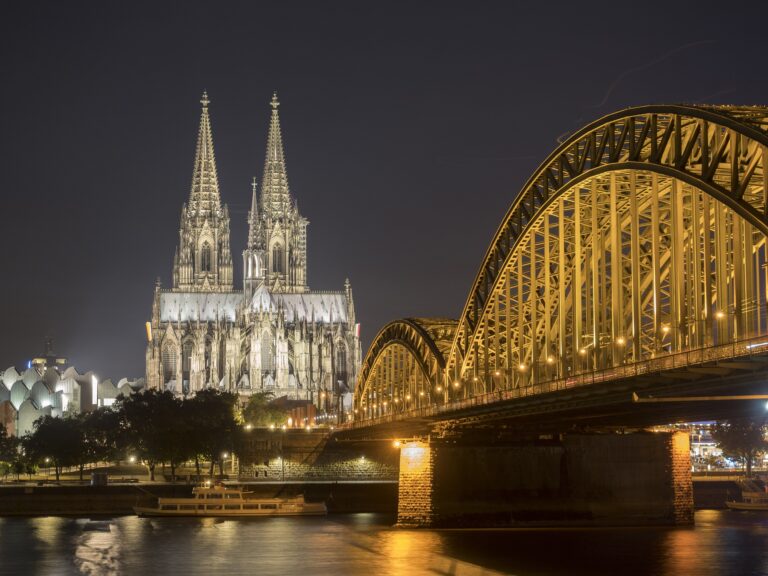German landmarks: Cultural heritage, historical significance, and their Importance as landmarks of Germany. Germany is a country with a rich history and cultural heritage, and it is home to numerous landmarks that hold significant historical importance and cultural value. These landmarks showcase the nation’s contributions to art, architecture, and human history. Here’s how German cultural heritage and historical significance contribute to the importance of its landmarks:
German Landmarks
- Historical Significance: German landmarks offer insights into the country’s long and complex history. Sites like the Cologne Cathedral, Brandenburg Gate, and the Berlin Wall are emblematic of various historical periods, from medieval times to the modern era. They bear witness to key events and moments that shaped German history.
- Architectural Excellence: Germany’s architectural landmarks, such as Neuschwanstein Castle, the Reichstag Building, and the Zwinger Palace, exemplify remarkable architectural achievements. They represent different architectural styles and periods, reflecting Germany’s artistic and engineering prowess over the centuries.
- UNESCO World Heritage Sites: Germany has numerous UNESCO World Heritage Sites, including the historic centers of cities like Berlin, Dresden, and Bamberg, as well as cultural sites like Bauhaus and Wartburg Castle. These designations highlight their outstanding cultural value and their importance to humanity’s shared heritage.
- Cultural Identity and National Symbols: Landmarks like the Brandenburg Gate and Neuschwanstein Castle are iconic symbols of Germany’s cultural identity and national pride. They have become synonymous with the nation’s history, culture, and values.
- Contributions to Arts and Sciences: Germany has been a cradle of artistic and scientific achievements. Landmarks like the Berlin Museum Island and the Max Planck Institute are testament to Germany’s contributions to the arts, humanities, and sciences.
- Tourism and Economic Impact: German landmarks attract millions of tourists annually, contributing to the country’s economy. The tourism industry around these landmarks supports local businesses, creates jobs, and fosters cultural exchange.
- Educational and Research Value: German landmarks are important educational resources. They provide opportunities for research, study, and historical exploration, enriching academic knowledge in various fields, including history, archaeology, and art history.
- Symbolism and Remembrance: Some German landmarks, such as the Holocaust Memorial in Berlin, serve as poignant reminders of historical events. They contribute to collective memory and remembrance, encouraging dialogue and reflection on past atrocities and lessons for the future.
- Cultural Exchange and Global Influence: German landmarks have influenced art, literature, and cultural expression worldwide. They have been featured in films, literature, and art, amplifying Germany’s cultural influence and contributing to cross-cultural exchange.
In summary, German cultural heritage and historical significance are integral to the importance of its landmarks. These sites are not only symbols of the nation’s history and cultural identity but also serve as valuable educational resources, tourist attractions, and cultural ambassadors to the world. Preserving and celebrating these landmarks showcases Germany’s enduring contributions to human civilization and enriches our understanding of its past and present.
Best German Places to Visit
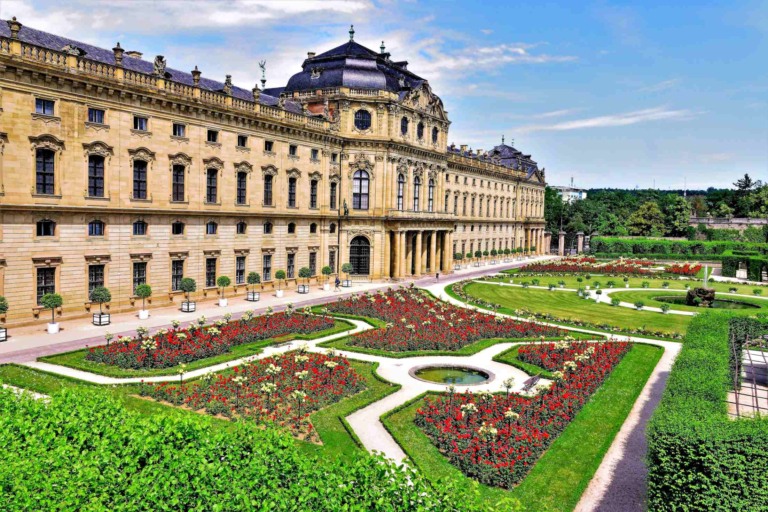
Würzburg Residence Court Gardens Square

Trier Germany UNESCO Sites
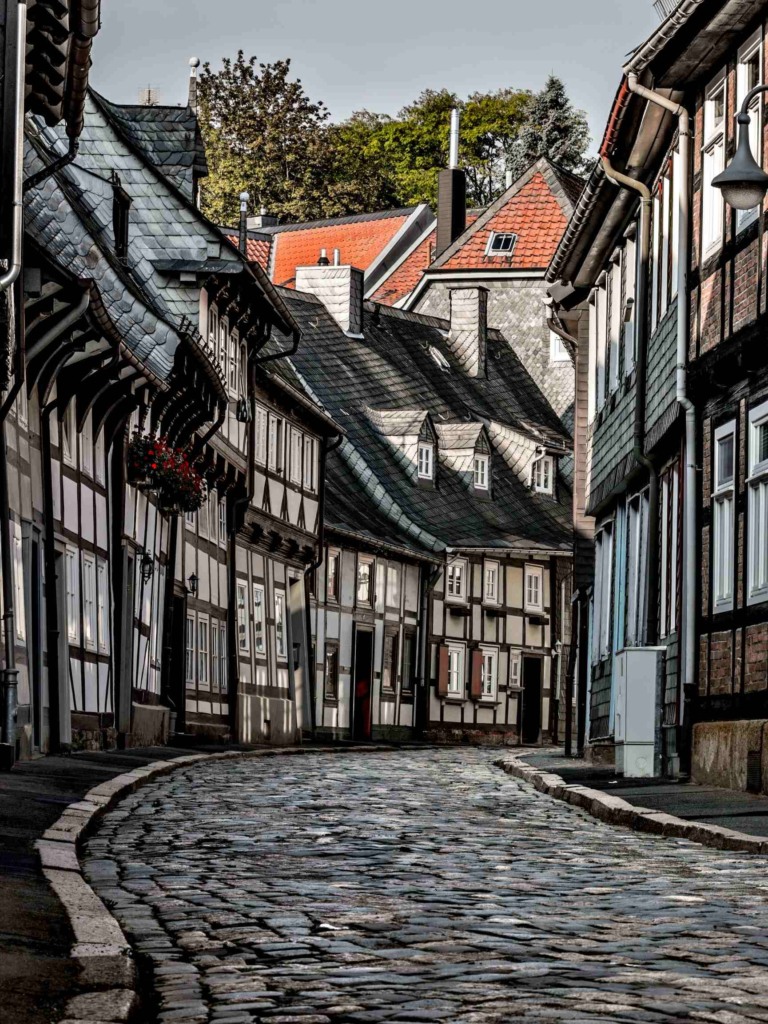
Rammelsberg Mine Goslar Town Harz Water

ShUM Sites of Speyer Worms Mainz

Bauhaus Sites Weimar Dessau Bernau
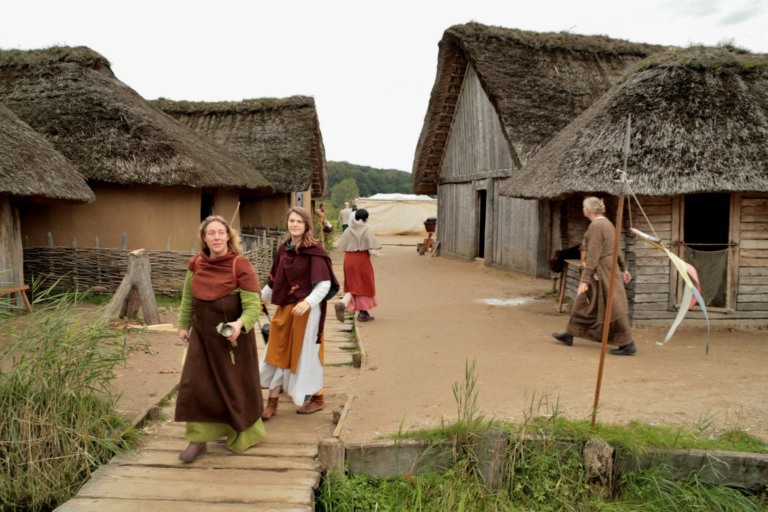
Archaeological Border Complex Hedeby Danevirke

Berlin Modernism Housing Estates
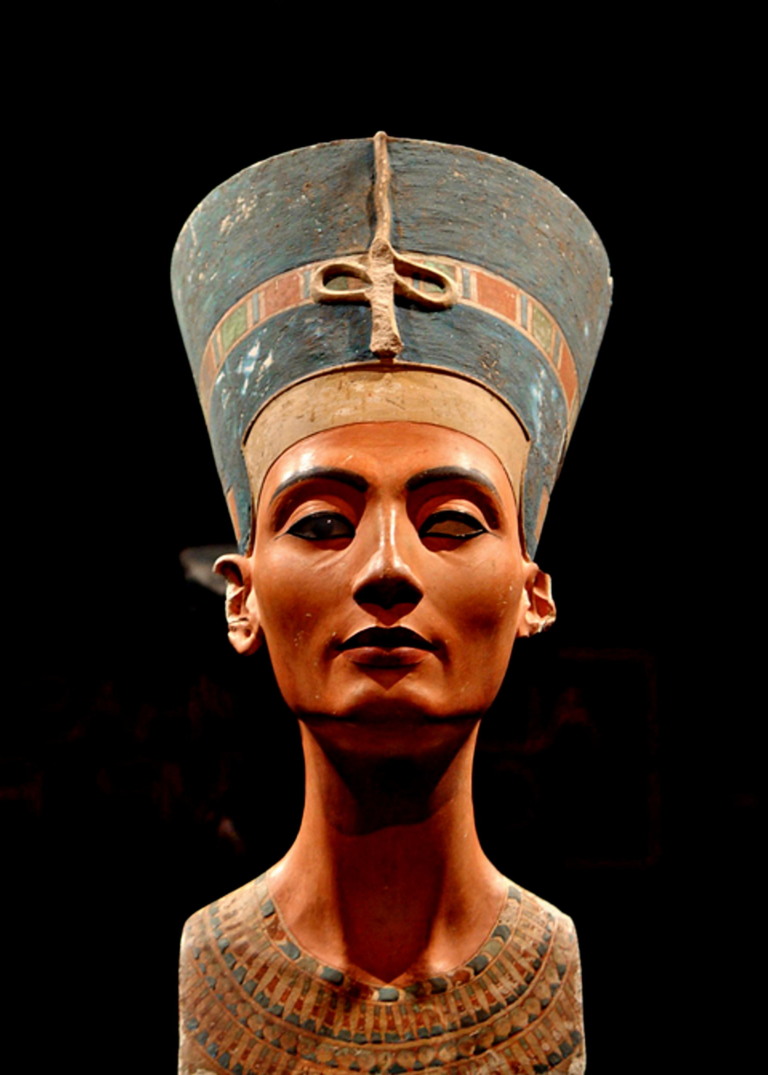
Museum Island Berlin
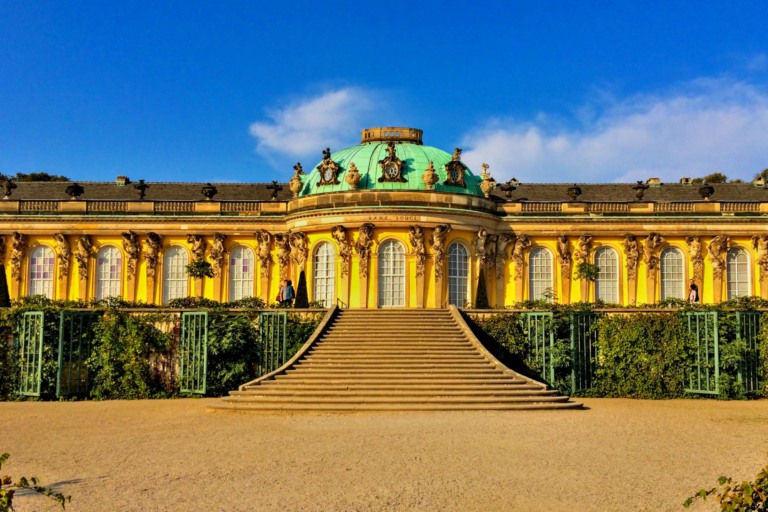
Palaces and Parks of Potsdam and Berlin

Erzgebirge/Krušnohoří Mining Region

Collegiate Church Castle Town Quedlinburg
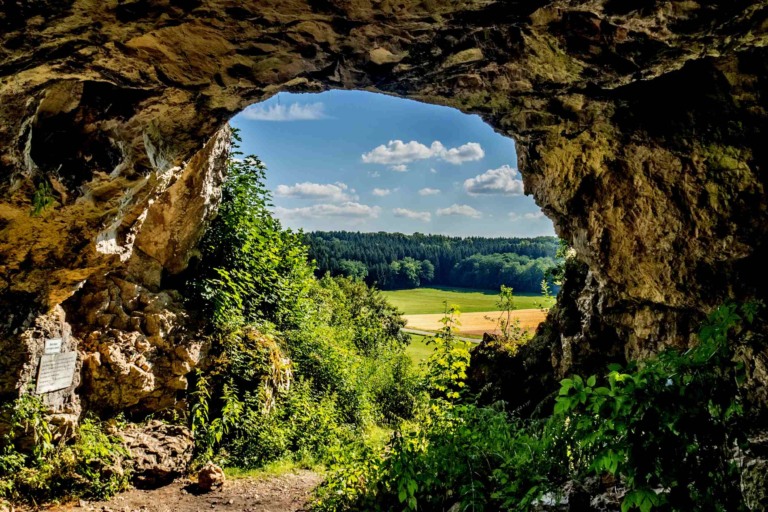
Swabian Jura Caves Ice Age Art
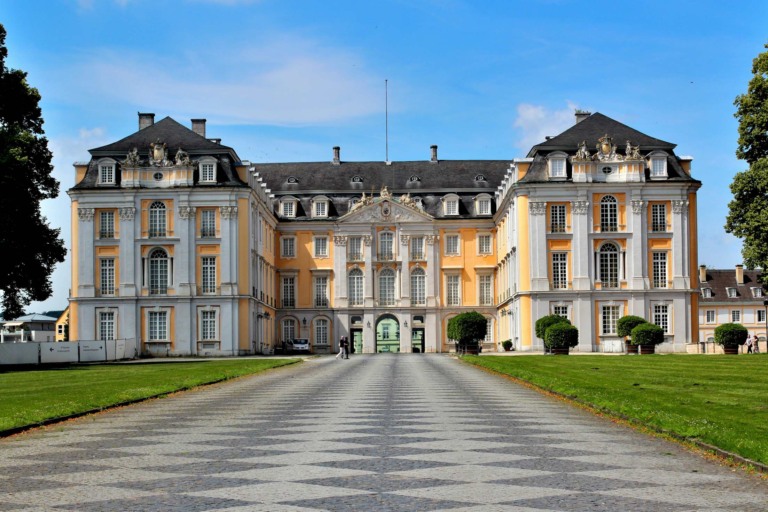
Castles of Augustusburg and Falkenlust
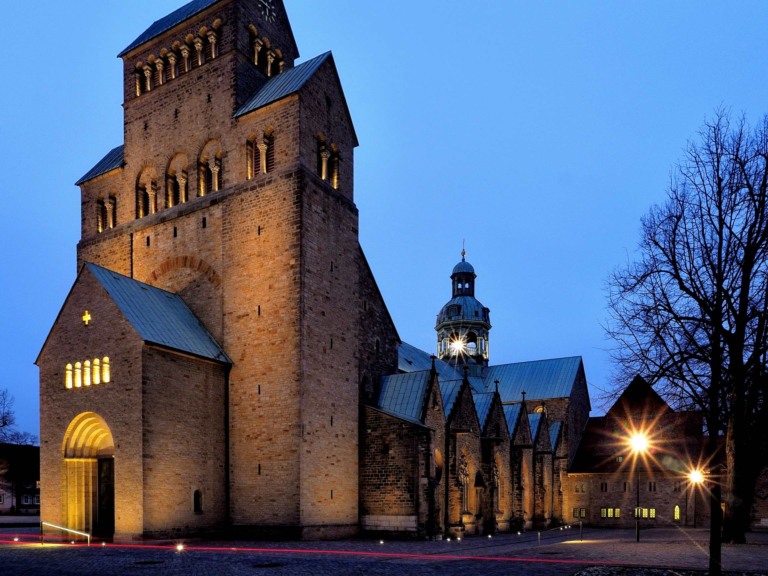
Hildesheim Churches
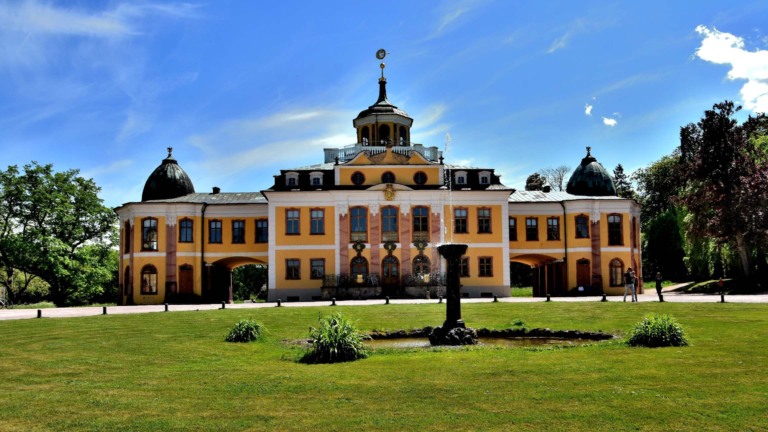
Classical Weimar
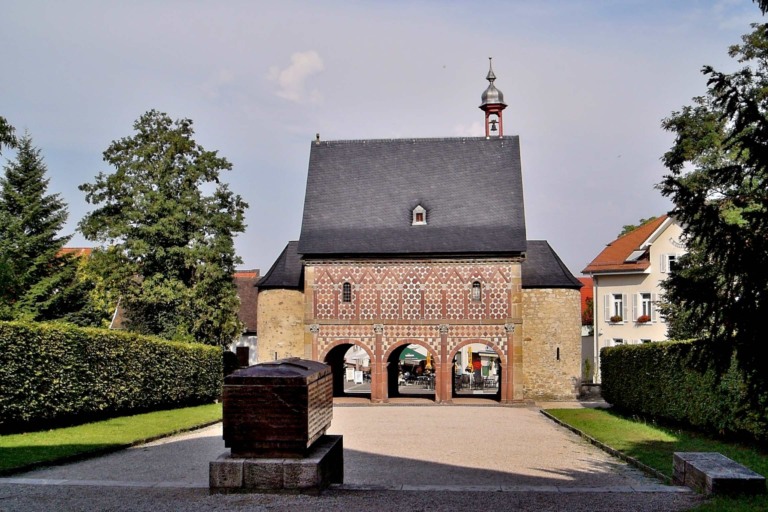
Lorsch Abbey
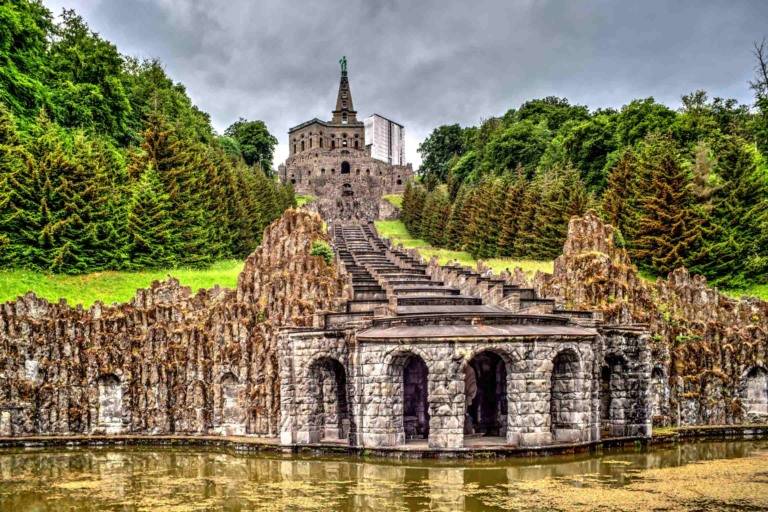
Bergpark Wilhelmshöhe
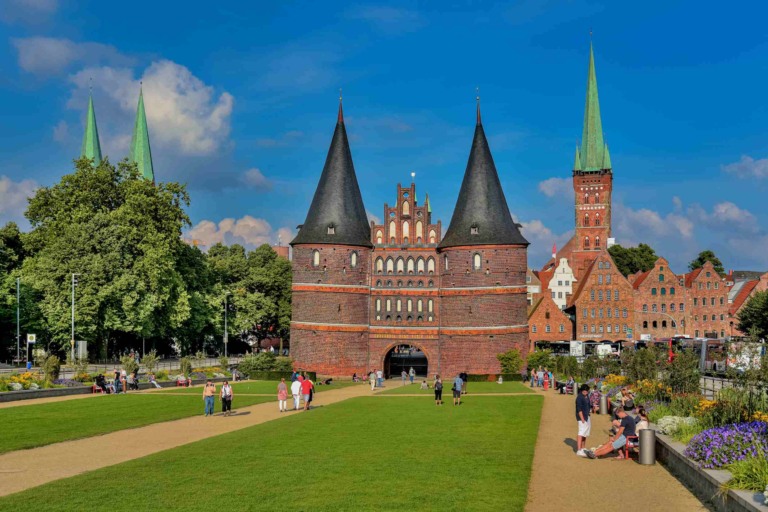
Hanseatic City of Lubeck
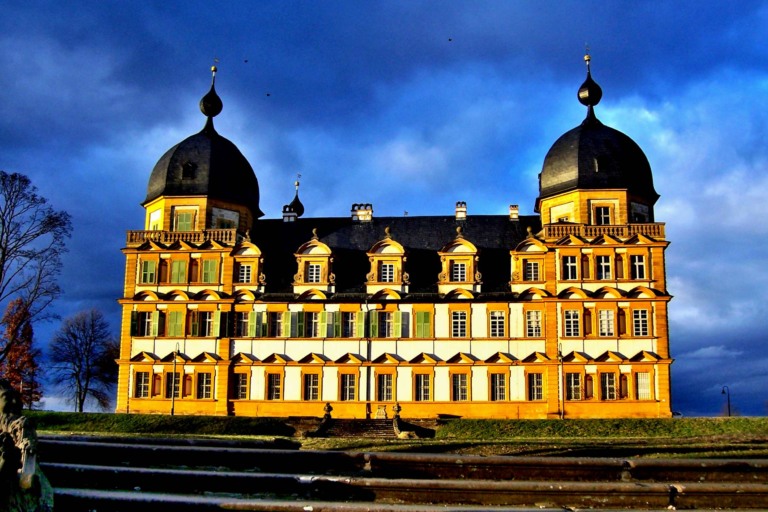
Bamberg Germany
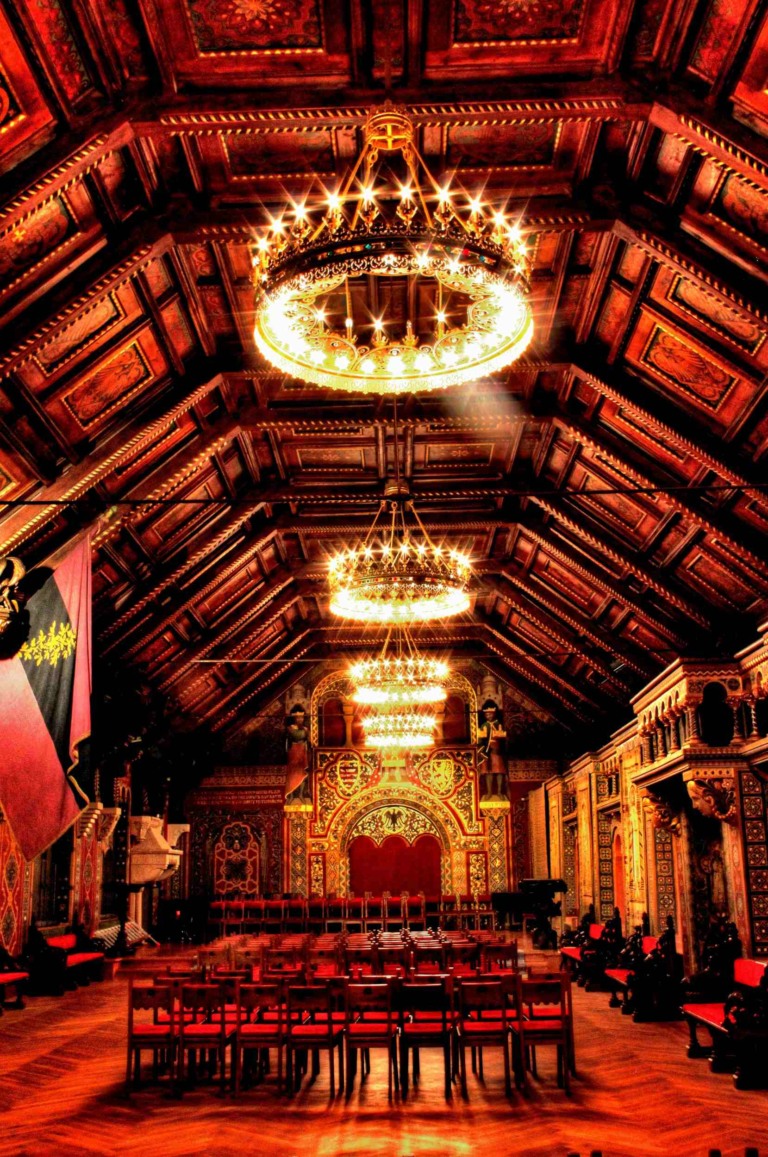
Wartburg Castle
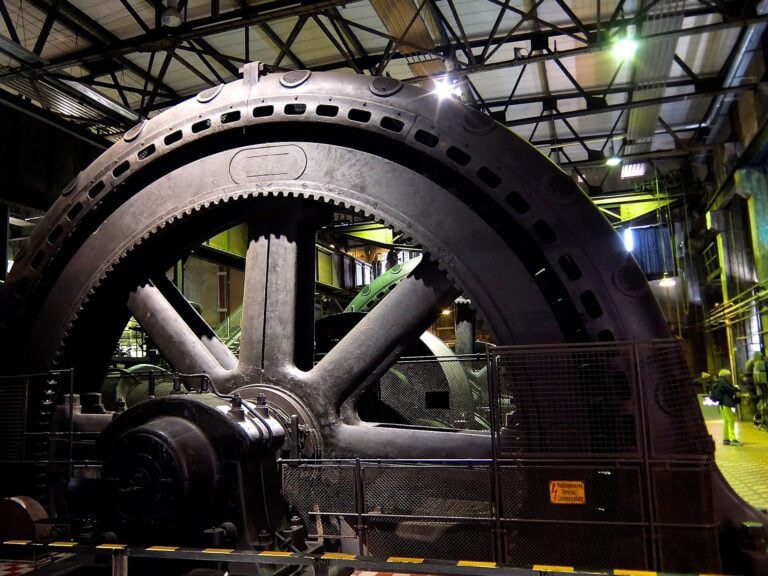
Volklingen Ironworks Germany

Naumburg Cathedral Germany

Pilgrimage Church of Wies
